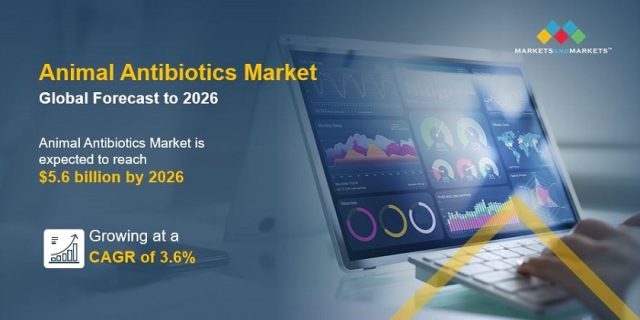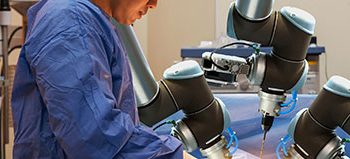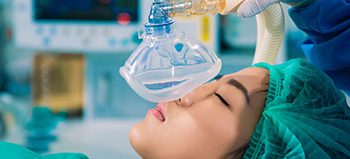
As a seasoned animal industry expert with over a decade of experience, I am excited to delve into the fascinating world of the animal antibiotics and antimicrobials industry. This critical sector not only plays a pivotal role in ensuring the health and well-being of animals but also has significant implications for human health, food safety, and global trade. In this comprehensive blog post, we will explore the key factors driving the growth of this industry, market segmentation, regional analysis, and the prominent players shaping its future.
The global animal antimicrobials and antibiotics market is projected to reach USD 5.6 billion by 2026 from USD 4.7 billion in 2021, at a CAGR of 3.6% from 2021 to 2026.
Download PDF Brochure: –https://www.marketsandmarkets.com/pdfdownloadNew.asp?id=25161353
Understanding the Market Growth Dynamics
The global animal antibiotics and antimicrobials market is witnessing a steady rise in demand, driven by several key factors:
- Rising Demand for Animal-Derived Food Products: The world’s growing population’s appetite for animal-derived food products, such as meat, dairy, and eggs, is a primary driver of this market. As the demand for animal-based protein sources continues to surge, so does the need for antibiotics and antimicrobials in animal husbandry to ensure healthy livestock and prevent disease outbreaks.
- Increasing Incidence of Zoonotic Diseases: Zoonotic diseases, which can transmit from animals to humans, are a growing concern. Preventing and managing these diseases require effective antibiotics and antimicrobials in animal healthcare.
- Regulatory Measures: Governments and international organizations are implementing stringent regulations to prevent the spread of animal diseases. These regulations necessitate the use of antibiotics and antimicrobials to ensure animal health and safety.
- Rising Animal Healthcare Spending: The trend of increased spending on animal healthcare is further boosting the demand for antibiotics and antimicrobials. Pet owners and livestock producers are willing to invest more in the health and well-being of animals.
- Growing Demand for Pet Insurance: The growing popularity of pet insurance is encouraging pet owners to seek advanced healthcare solutions for their companion animals. This, in turn, fuels the demand for antimicrobials and antibiotics in the companion animal segment.
- Untapped Emerging Markets: Emerging economies like China, India, and Brazil are witnessing significant growth in the animal industry. As the middle-class population in these regions expands, so does the demand for animal-derived products and healthcare solutions.
Market Segmentation
To gain a deeper understanding of the animal antibiotics and antimicrobials market, let’s explore its segmentation:
Products
The market is segmented into various categories of antibiotics and antimicrobial products, each with its unique characteristics and applications:
- Tetracyclines: In 2020, tetracyclines accounted for the largest share, thanks to their high potency against pathogens, good absorption, low toxicity, and cost-effectiveness.
- Fluoroquinolones: This segment is expected to witness the highest CAGR of 8.0% during the forecast period, primarily due to higher efficacy at low concentrations and versatile administration options.
Mode of Delivery
How these products are administered plays a crucial role in their effectiveness:
- Premixes: In 2020, premixes were the most popular mode of delivery, thanks to their ease of administration and stability in formulations.
- Injections: This segment is expected to grow at the highest CAGR of 4.9% during the forecast period due to the immediate delivery of drugs and rapid onset of effects.
Animal Type
The market is further divided based on the type of animals they serve:
- Food-Producing Animals: In 2020, this segment accounted for the largest share of around 73.4% and is expected to maintain a high CAGR of 3.9%. The rising demand for animal-derived food products, coupled with increased healthcare spending and zoonotic disease concerns, is driving growth.
- Companion Animals: This segment is also growing steadily, driven by the surge in pet ownership and the demand for pet insurance.
Regional Analysis
Understanding regional dynamics is crucial in forecasting market trends:
- North America: In 2020, North America accounted for the largest share (30.3%) of the global animal antimicrobials market. The region’s robust animal population, increased demand for animal-derived products, pet insurance growth, and rising animal healthcare expenditure contribute to its dominance.
- Asia Pacific (APAC): APAC is projected to grow at the highest CAGR of 5.4% during the forecast period. The region’s rapid increase in animal population and demand for animal-derived products are the primary drivers of this growth.
Inquiry Before Buying: – https://www.marketsandmarkets.com/Enquiry_Before_BuyingNew.asp?id=25161353
Key Players
Prominent players in the animal antibiotics and antimicrobials market include:
- Boehringer Ingelheim (Germany)
- Zoetis Inc. (US)
- Elanco Animal Health (US)
- Merck & Co. Inc (US)
- Phibro Animal Health (US)
- Virbac (France)
- Vetoquinol S.A. (France)
- Ceva Santé Animale (France)
- Dechra Pharmaceuticals Plc (UK)
- Kyoritsu Seiyaku (Japan)
- Tianjin Ringpu (China)
- HIPRA (Spain)
- Zydus Animal Health (US)
- China Animal Husbandry (China)
- Inovet (Belgium)
These industry leaders are driving innovation and shaping the future of animal healthcare through their extensive research, development, and distribution networks.
In conclusion, the global animal antibiotics and antimicrobials industry is on a trajectory of steady growth. As the world’s population continues to grow, so does the demand for safe and abundant animal-derived food products. This, coupled with increased awareness of zoonotic diseases and regulatory measures, makes the animal antibiotics and antimicrobials market a vital component of the animal industry’s future.

